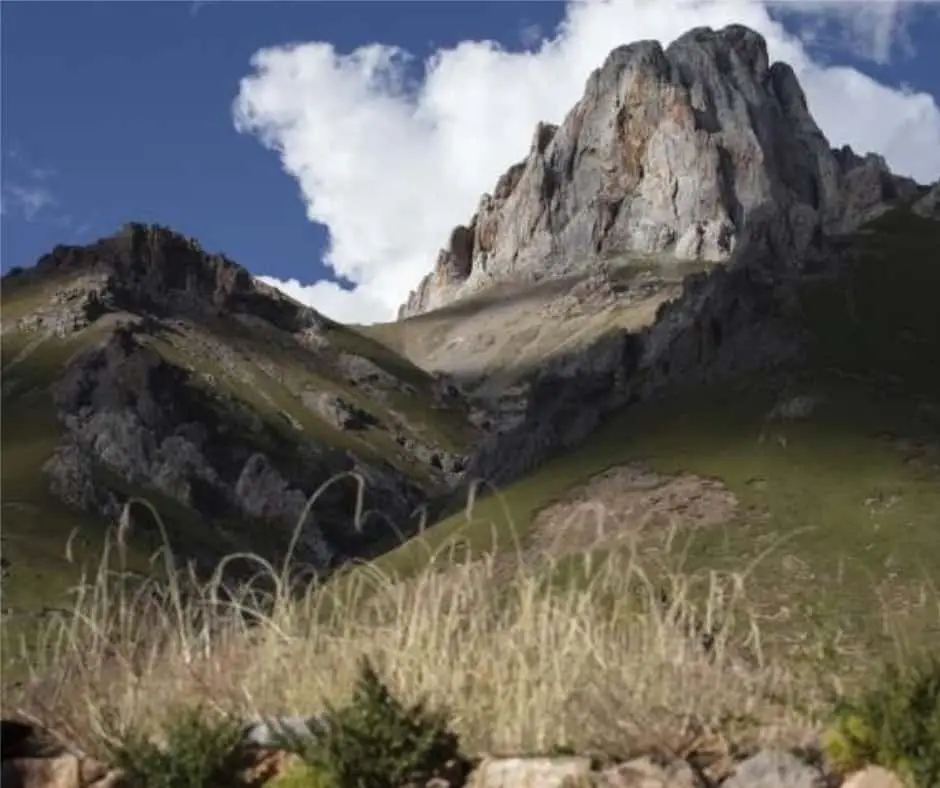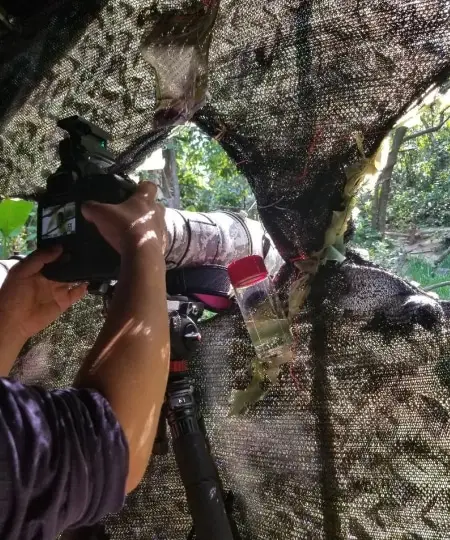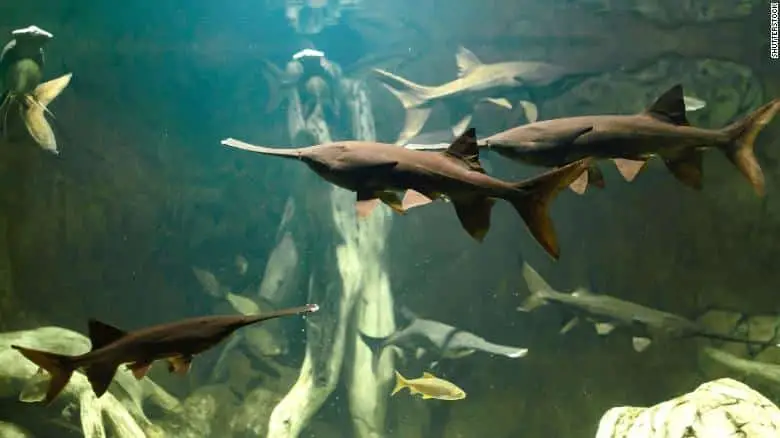The species the world lost this decade

December 9, 2019
As the world continues to lose species 1,000 time faster than normal, Saving Nature’s Stuart Pimm reflects on what we have learned about how many species we’re losing, where we are losing them, and how well we’re protecting them.
The species the world lost this decade
In this article for VOX.com. Brian Resnick makes the case that humans are killing earth’s biodiversity, now adding climate change to the list of causes.
He collectively eulogizes the 467 species have been declared extinct and calls attention to others precariously teetering on the brink, and those experiencing serious declines in their population numbers.
The article highlights the casualties of the extinction crisis, the underlying causes for the loss of biodiversity, and the possibility of rescuing species from their current plight through thoughtful conservation interventions.
China Plans to Create ‘Yellowstone’ on Tibetan Plateau

November 12, 2019
In this article published by Phys.org, Saving Nature’s Dr. Stuart Pimm was asked to share his perspective on China’s ambition to create a unified park system that balances conservation and tourism, while safeguarding community livelihoods and culture.
China Aims to Build its Own Yellowstone on Tibetan Plateau
As China continues to expand into previously remote areas of the country, there is a new ethos emerging. In their modernization push to transform the Tibetan Plateau, there is now a new dimension to government planning – conserving natural resources.
The Chinese government is working to set limits on the region’s growth in order to implement its own version of one of the U.S.’s proudest legacies—a national park system.
The ambition to create a unified park system represents “a new and serious effort to safeguard China’s biodiversity and natural heritage,” Duke University ecologist Stuart Pimm says.
The vision is not without challenges, as explained in this month’s article in Phys.org. Read the full article here.

Of What Use is Biodiversity?

In the August 2019 Special Edition of Duke Magazine, Dr. Stuart Pimm shares his observations from a recent visit to China.
A TOAST AT THE FRONLINE
Of What Use is Biodiversity?
August 15, 2019: Stuart Pimm
I stand on a small tributary of the Irrawaddy River. Across it is Myanmar—formerly Burma: I’m about as far west in the Chinese province of Yunnan as I can be. Borders between countries fascinate, for they illuminate different experiments in how we manage our natural world. Across the river, the land is going up in smoke. There’s a dense blue haze. At night, I see dozens of small fires, while overhead a satellite maps them from their thermal infrared radiation.
On returning to Duke, I look at what those maps show. China’s border is obvious. For a thousand miles along its southern and southwestern frontier, it has very few fires, while thousands carpet the land of its immediate neighbors.
Across the river unfolds a human tragedy, repeated across the developing world. Poor farmers burn the land each year to clear forests and brush and to enrich the poor soils with the nutrients the burning releases. On steep slopes, the inevitable heavy rains will wash away those nutrients, the soils, and often people’s homes too. The land’s fertility degrades each burning season.
Globally, burning tropical forests adds 4 billion tons of carbon dioxide into the atmosphere a year, almost as much as all the emissions in the U.S. and more than those from the European Union.
Saving Nature In China


November 20, 2018
by Stuart Pimm
Saving Nature in China
I’ve just spent three weeks in China — my second visit this year. It’s part of an overall commitment to conserving China’s biodiversity that now accounts for a month to six weeks every year of my time.
Why China?
Well, in large part it’s because China is so important for its exceptional biodiversity. China holds 15% of the world’s vertebrate and 12% of its plant species. Its ecosystems range from permanent ice fields to tropical moist forests. Importantly, it is becoming an international leader.
The International Convention of Biological Diversity’s Aichi targets specify quantitative targets for areas protected (target 11), stopping loss of natural habitats (target 5), and the extinction of threatened species (target 12), while underscoring the vital importance of the ecosystem services natural ecosystems provide (target 14). In 2020, China will host the Convention’s 15th Conference of Parties. Under President Xi, improving the environment has become a national priority.
China is also looking outward, to developing infrastructure across Asia and particularly Southeast Asia. One of my reasons for being in China was to attend a conference, organised in part by Professor Binbin Li, a former Ph.D student of mine and now an assistant professor at Duke University Kunshan.
Binbin and I have published key papers on identifying which areas of China are important for biodiversity. In particular, we have examined to what extent protecting giant pandas protects other species and also what places are important for species across Southeast Asia (Saving Nature Vice President, Dr. Clinton Jenkins, was a co-author of the latter paper, too.) There’s a lot we can do as conservation professionals to help our Chinese colleagues. I have seven papers in giant pandas (and many others on other issues) because I’ve been able to help with analyses and structuring conservation work using skills and experiences I’ve developed elsewhere.
Is there an Important Role for Saving Nature in All This?
Well, yes, but it’s a distant vision. The Saving Nature model helps local conservation groups buy and restore land to reconnect isolated landscapes. We take this approach because almost all the key places for threatened species are in fragmented landscapes. It’s a niche, of course, but one we fill very successfully. We can’t buy land in China, but the model of reconnecting habitat fragments applies there as is does elsewhere. So, we’re talking with our Professor Li and other colleagues about how to apply our approaches there.
Finally, mitigating the effects of the infrastructure projects of the Belt and Road Initiative will require understanding where these projects intersect key areas for biodiversity. Identifying them — and looking for ways to minimise their harm to biodiversity— has to be a first step. So, no, we aren’t building habitat corridors in China yet. But keep watching this space.

